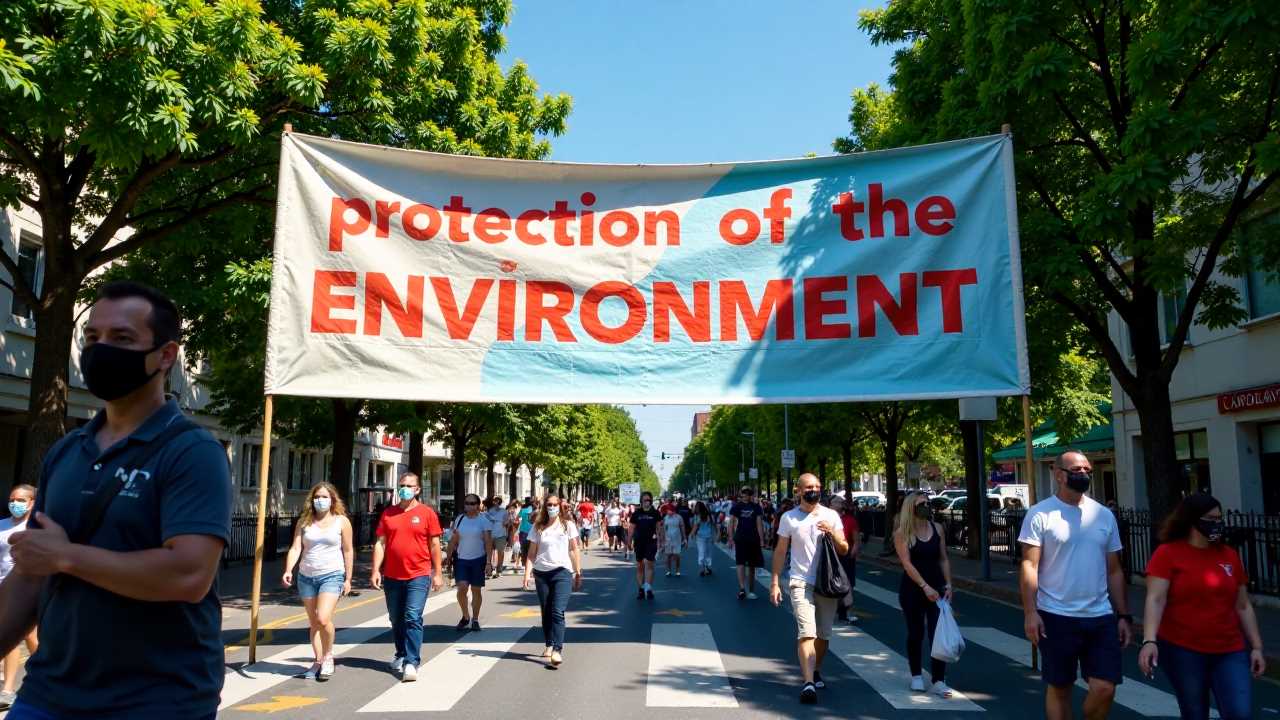
Understanding Environmental Policy Advocacy
Environmental policy advocacy plays a pivotal role in shaping the future of our planet. It encompasses a wide range of activities aimed at influencing legislation, regulation, and governance related to environmental issues. By engaging in advocacy, individuals and organizations can push for sustainable practices that not only protect our natural resources but also promote social equity. This advocacy is essential for fostering a culture of sustainability that prioritizes the health of our ecosystems and communities.
The Role of Sustainability in Environmental Policy
Sustainability is at the heart of environmental policy advocacy. It refers to the practice of meeting present needs without compromising the ability of future generations to meet their own. Advocates work tirelessly to promote sustainable practices across various sectors, including energy, agriculture, and transportation. By pushing for policies that encourage renewable energy sources, waste reduction, and sustainable land use, advocates help create a framework that supports long-term ecological balance.
Legislation is a critical tool in achieving sustainability goals. Through effective lobbying efforts, advocates can influence lawmakers to enact policies that promote environmental protection. This includes regulations that limit greenhouse gas emissions, protect endangered species, and ensure clean air and water. By aligning advocacy efforts with sustainability principles, we can drive meaningful change that benefits both the environment and society.
Activism: A Catalyst for Change
Activism is a powerful form of environmental policy advocacy. It involves mobilizing communities, raising awareness, and demanding action from decision-makers. Grassroots movements have shown that collective action can lead to significant policy changes. Activists often organize protests, campaigns, and educational initiatives to highlight pressing environmental issues and push for legislative reforms.
One notable example of successful activism is the global climate strikes initiated by youth activists. These movements have galvanized millions of people worldwide to demand urgent action on climate change. By leveraging social media and traditional outreach methods, activists have created a sense of urgency that has compelled governments to take notice and act. This demonstrates the power of activism in shaping environmental policy and fostering a culture of accountability.
Legislation and Regulation: The Backbone of Environmental Policy
Legislation and regulation form the backbone of effective environmental policy. They provide the legal framework necessary to enforce sustainable practices and hold polluters accountable. Environmental advocates work closely with lawmakers to draft and promote legislation that addresses critical issues such as climate change, pollution, and habitat destruction.
Regulatory agencies play a vital role in implementing and enforcing these laws. By establishing standards and guidelines, they ensure compliance and protect public health and the environment. Advocacy efforts often focus on strengthening these regulations and ensuring that they are adequately funded and enforced. This is essential for creating a robust system that prioritizes environmental protection and sustainability.
The Importance of Governance in Environmental Policy
Governance refers to the processes and structures through which decisions are made and implemented. Effective governance is crucial for successful environmental policy advocacy. It involves collaboration among various stakeholders, including government agencies, non-profit organizations, businesses, and the public. By fostering transparent and inclusive decision-making processes, we can ensure that diverse perspectives are considered in environmental policy discussions.
Advocates often engage in governance by participating in public hearings, advisory committees, and stakeholder meetings. This involvement allows them to voice concerns, share expertise, and influence policy outcomes. Strong governance structures also facilitate accountability, ensuring that decision-makers are held responsible for their actions. By promoting good governance practices, we can enhance the effectiveness of environmental policy advocacy and drive positive change.
Lobbying: Influencing Policy from Within
Lobbying is a strategic approach to environmental policy advocacy that involves direct engagement with lawmakers and government officials. Advocates work to build relationships with decision-makers, providing them with information and resources to support environmentally friendly policies. This approach is essential for ensuring that environmental concerns are prioritized in legislative agendas.
Effective lobbying requires a deep understanding of the political landscape and the ability to communicate complex environmental issues in a compelling manner. Advocates must present data, case studies, and real-world examples to demonstrate the urgency of their cause. By framing environmental issues in a way that resonates with policymakers, advocates can influence the direction of legislation and regulation.
Building a Sustainable Future Through Advocacy
The intersection of environmental policy advocacy, sustainability, legislation, activism, regulation, governance, and lobbying is critical for building a sustainable future. As advocates, we must continue to push for policies that protect our planet and promote social equity. By working collaboratively with various stakeholders, we can create a comprehensive approach to environmental policy that addresses the challenges we face today.
Our collective efforts in advocacy can lead to transformative change. By prioritizing sustainability in all aspects of policy-making, we can ensure that future generations inherit a healthy and thriving planet. It is imperative that we remain engaged, informed, and active in our advocacy efforts, as the stakes have never been higher. Together, we can drive the change needed to create a sustainable and equitable world for all.


